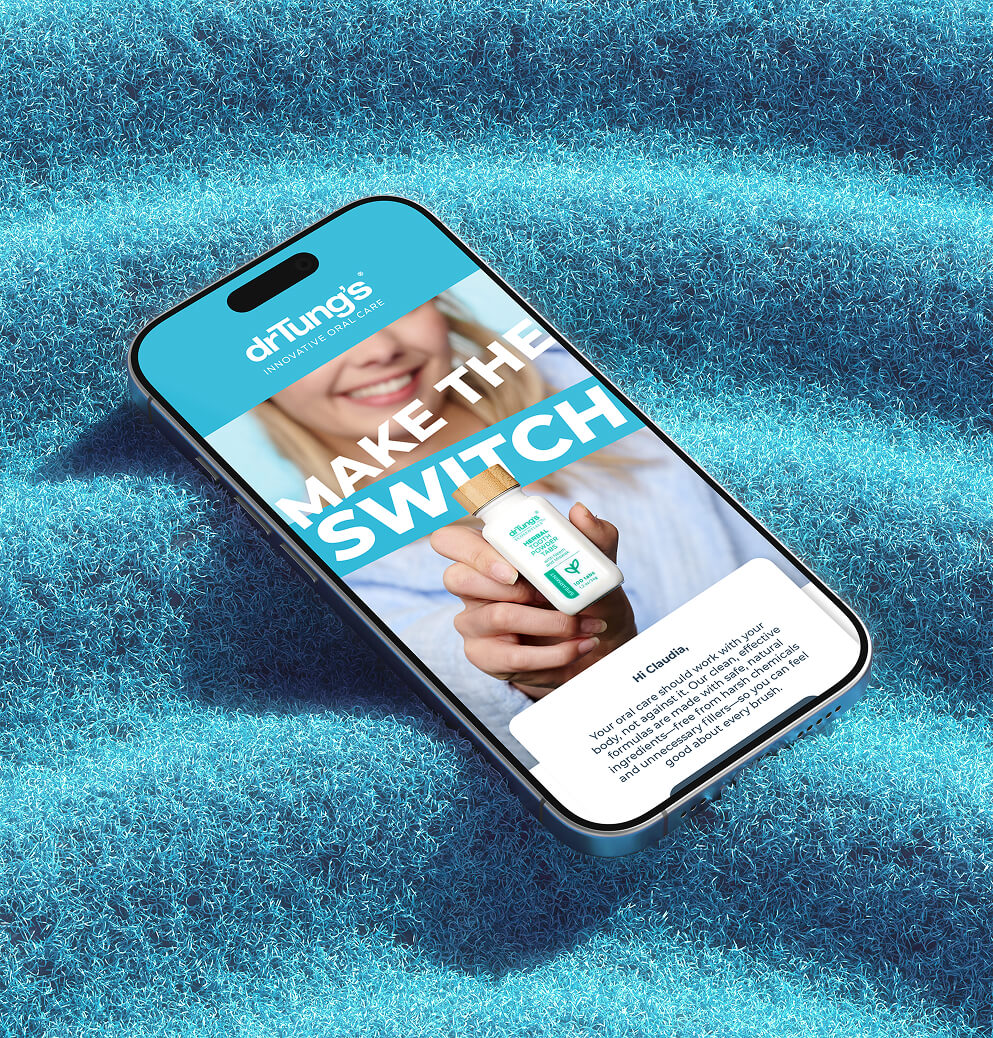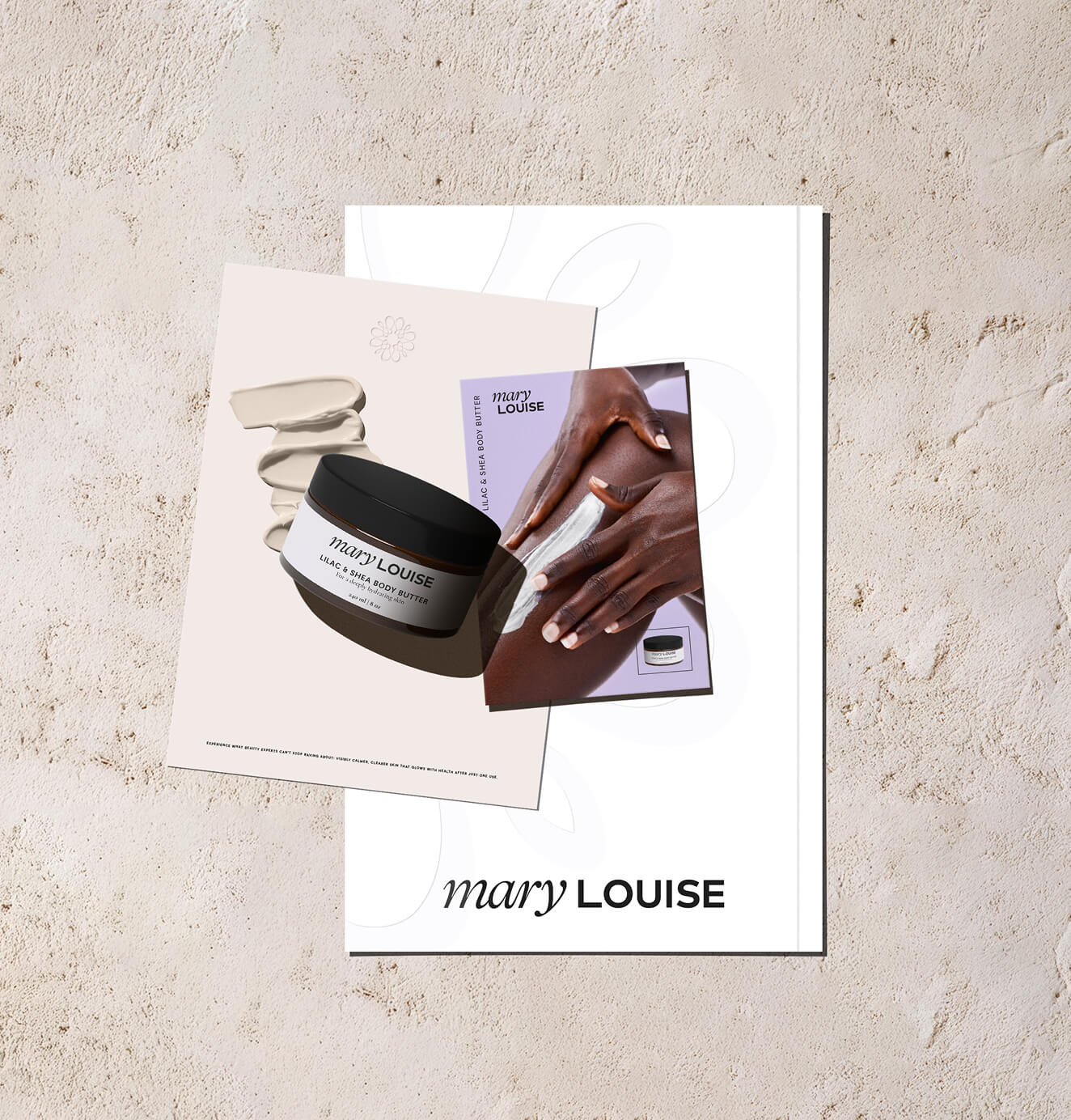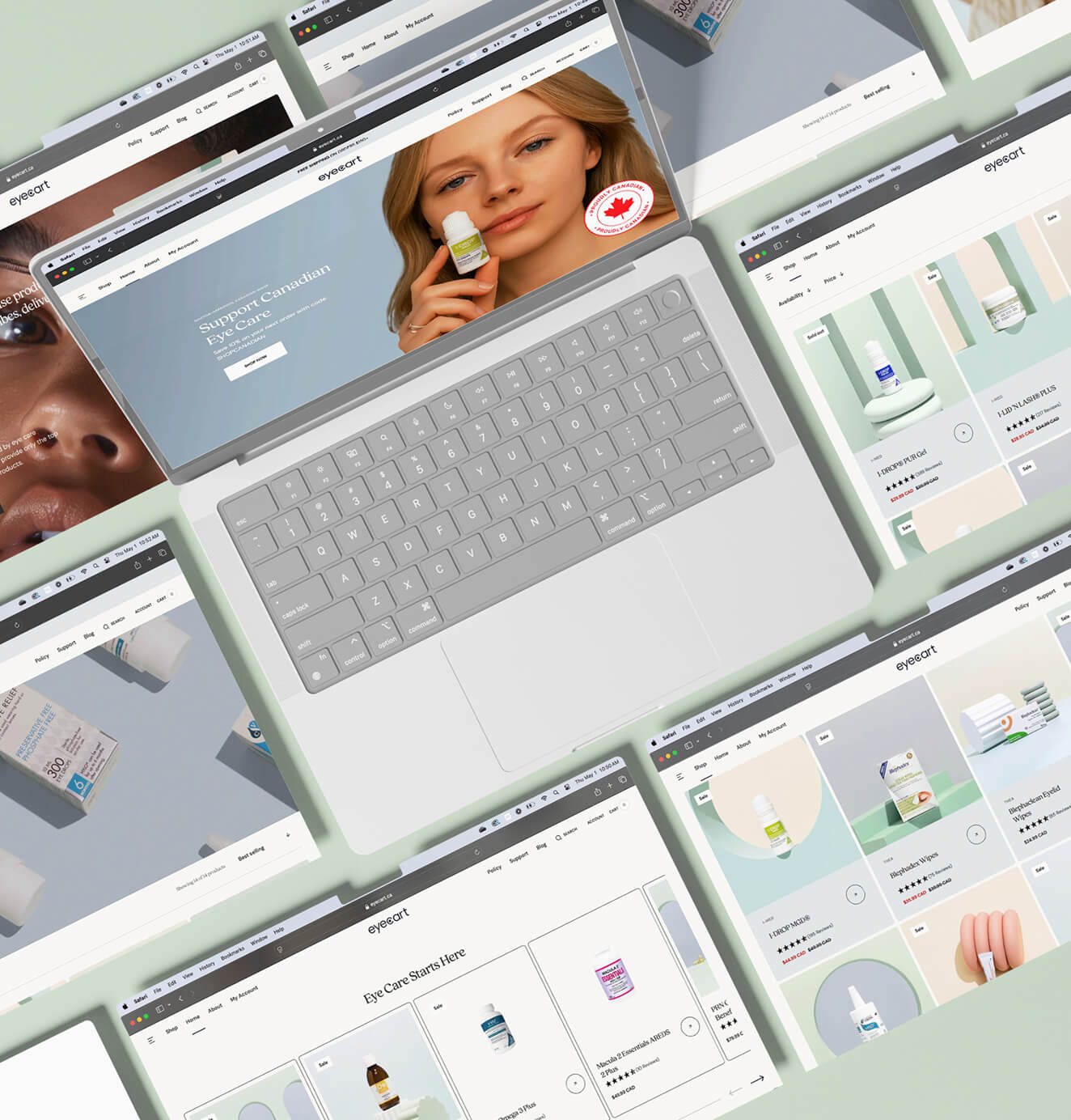How to Create a Brand Framework That Works For You
08/05/2025
Brand Strategy
A strong brand framework lays the foundation for clarity, consistency, and long-term business growth.

If you are a current business seeking to refine your brand strategy, reposition yourself in the market, explore new markets, or introduce innovative products and services - our comprehensive brand framework is here to assist! Even if you're just beginning your journey with launching a new business - we've got you covered.
.png)


Creating a Recipe for Brand Success



Our branding framework Is like a recipe that provides all of the essential elements needed to define, articulate and build your unique identity. We will go over brand strategy, brand positioning, brand messaging, brand personality and much more. We will show you how you can increase your brand affinity and brand loyalty, brand recall and build a brand that people are drawn to.
Constructing a successful brand can be quite the undertaking. If you need assistance with your branding, The Branded Agency is here to help! We offer innovative services for all of your branding needs - take a look at what we have in our shop today and unlock the potential of your business.
Creating a Recipe for Brand Success
Creating a brand framework might seem like a daunting task, but it doesn't have to be. By following these simple steps, you can develop a framework that works for you and your business.
Define Your Target Audience
The first step in identifying your target audience is to do research and analysis. Your target audience is made up of the people who are most likely to purchase your products or services.
Knowing who they are, their interests and needs, and how you can best reach them will help you develop a framework that resonates with your target audience.
If you have an existing website with access to analytics, such as an analytics plugin, you may have access to audience demographics as well as information on how they access and use your website.
If you have existing social media profiles, you can also access the analytics and demographics of your audience.
Both of these avenues will help paint a more vivid picture of audience interaction and engagement.
Another method of audience research is customer interviews. Reach out directly to those who have purchased your products or services in the past. Questions may cover the issue they were experiencing, how they found your product or service, why they chose it, and how they applied it.
Surveys are another tactic for customer feedback that can be applied on a recurring basis. While not as fulsome as an interview, surveys provide both quantitative and qualitative data points.
Knowing who you want to reach with your branding is essential in order to create messaging and visuals that resonate with them. When defining your target audience, be as specific as possible.
Consider their age, location, gender, interests, and income level. The more specific you can be, the better. Once you understand who your target audience is, you can start thinking about how to reach them best.
Perform a Competitive Review
To better understand where your product or service fits within the market, your research should also include a review of your competitors, both direct and indirect.
- Direct competitors are those that offer a similar product or service.
- Indirect competitors are those that provide an alternate solution to the same problem.
A competitive review should note the products or services your competitors offer and the medium and media they use to communicate these. Include which social channels your competitors engage on and how they engage.
Perform an analysis of your competitor's strengths, weaknesses, opportunities, and threats - often called a SWOT analysis. A SWOT analysis will help you determine where your product or service can excel and identify improvement areas.
Consider creating a positioning map and placing your competitors within it, using opportunities, industry trends, industry drivers, customer behaviours, psychological drivers, and motivators of your target audience to plot out data points.
Developing Your Brand Positioning












The next step in creating your brand framework is to develop your brand positioning. Your brand positioning should be in alignment with your target audience. Brand positioning includes a purpose statement, pillars, key messages, tagline, vision and personality.
Purpose Statement
The purpose statement should encapsulate what your brand is all about in just a few sentences. Once you have your positioning statement, you can use it as a starting point for all of your branding decisions moving forward.
Brand Pillars
Brand pillars are the fundamental principles that guide your brand. These are the core beliefs and values that set you apart from your competitors and guide all of your branding decisions. Some common examples of brand pillars include quality, customer service, creativity, sustainability, etc.
Key Messages
The key messages for your brand are typically positive ones that highlight your brand's differentiators and help build customer loyalty.
Tagline
Your tagline is a short, memorable phrase that encapsulates what your brand represents and appeals to your target audience. It should be simple, easy to understand and convey what makes your brand unique.
Vision Statement
Your vision statement describes where your brand will go in the future and how you want it to evolve. This is your long-term plan for your brand, so it should be bold and ambitious.
Brand Personality
Your brand personality is your voice and tone when interacting with customers. It should reflect your positioning statement and brand pillars and appeal to your target audience.
Want to learn more about brand platforms, Brand Strategy and Brand Identity? Keep reading!
If you need help with your companies brand strategy and identity, contact us for a free custom quote.
Creating Your Messaging Hierarchy

Now that you know who you want to reach with your branding and what they care about, it's time to start thinking about your messaging hierarchy.
Your messaging hierarchy is essentially a road map for your content; it outlines the topics you want to cover and the order in which you want to cover them. This will help keep your content focused and on-brand.
Your messaging hierarchy should encompass your brand pillars as, essentially, you are taking those brand pillars and turning them into key messages to share with your audience.
Developing Communication Objectives
These objectives should be specific, actionable, and aligned with your overall business goals. Some common examples of communication objectives might include increasing brand awareness, improving customer loyalty, or driving website traffic.
Communication Principles
The last step in creating your messaging hierarchy is to determine the communication principles that will guide all of your messaging decisions. These might include things like tone, voice, style, and word choice. For example, you might decide to use a more conversational tone with customers or a more authoritative tone when interacting with other businesses.
Reflecting Your Brand Voice and Tone
Your brand voice is the personality and attitude that you want your brand to convey. It should match your target audience and align with your positioning statement, pillars, key messages, tagline and vision.
Your brand tone is the specific style of language that you use when interacting with customers. Your tone might be enthusiastic or authoritative, direct or casual. It should reflect your brand positioning and help you connect with your target audience.
Creating a detailed messaging hierarchy ensures that your branding decisions are consistent and aligned with your larger goals. With this framework in place, you can focus on creating content that effectively communicates your brand to your target audience and drives results.
Copywriting Guidelines
When it comes to copywriting, there are a few key guidelines that can help you create impactful and engaging content. These include focusing on the needs of your target audience, using clear and simple language, employing an appropriate tone and voice, incorporating keywords strategically, and including strong calls to action.
To start, it is important to understand the needs and preferences of your target audience. This means focusing on topics that are relevant and interesting to them, using language they will understand and appreciate, and addressing their pain points and desires.
In addition, using clear and simple language in your copywriting is essential. This means avoiding overly technical or jargon-filled language and instead focusing on communicating your message in an engaging and accessible way.
Another key element of effective copywriting is using an appropriate tone and voice. This means matching your tone to the nature of your content and the brand's personality to meet your target audience's preferences and expectations.
Finally, it is important to incorporate keywords into your copywriting strategically. This can help improve your search engine rankings and increase your content's visibility and relevance to your target audience.
Whether you are creating website copy, email marketing campaigns, or social media posts, following these critical guidelines can help you create engaging and compelling copy that resonates with your audience and drives results.
Brand Salience

Brand salience refers to the degree to which a brand is able to capture consumers' attention and stand out in their minds. It can be influenced by a number of different factors, including brand awareness, positioning, marketing efforts, and more.
One key factor that can affect brand salience is customer engagement. Brands that are highly engaging and able to connect with consumers through their messaging, products, and customer experience are more likely to capture consumers' attention and stand out in their minds.
Another important factor is brand awareness. Brands with high levels of awareness among consumers are much more likely to be top-of-mind when people make purchasing decisions. This can be achieved through consistent marketing and promotion efforts and by building strong relationships with customers over time.
In addition, positioning can also play a key role in brand salience. Brands that are able to clearly articulate their unique value proposition and stand out from the competition are more likely to capture consumers' attention. This means focusing on creating content, products, and services that resonate with your target audience and address their needs and preferences.
Whether you want to increase brand salience for your business or another brand, focusing on customer engagement, awareness, positioning, and other key factors can help you succeed. With the right strategy and approach, you can stand out in a crowded marketplace and capture the attention of your target audience.
Brand Concepts
Developing a brand concept is the first step in creating your visual brand identity. A brand concept should include the creative direction of your logo design, colour palette, typography, design elements, photography, illustrations and overall vibe of the brand.
Your visual identity should be an extension of your written content; it should reinforce the messages you're trying to communicate while also visually appealing to your target audience.
Visual Brand Identity and Guidelines
When developing Visual Identity and Guidelines, be sure to include logo design, colour palette, typography, iconography, photography, illustrations, packaging, website design and more.
With brand guidelines, you should provide rules and best practices for each and every element of the brand identity. Logo usage guidelines, colour guidelines, typography guidelines, iconography guidelines, website guidelines, social media guidelines, photography guidelines and more.
Brand Framework Conclusion
At its core, a brand is about connecting with your target audience on an emotional level. By developing a strong brand concept and visual identity based on this understanding, you can create a strong and cohesive brand that connects with your audience and resonates with them on an emotional level.
To do this effectively, taking a strategic approach is important, considering all aspects of your brand, from logo design and colour palette to website design and social media messaging. With the right framework in place, you can build a strong brand that truly resonates with your audience and drives results.
Are You Still Finding it Challenging to Develop Your Brand Framework?
Are you still finding it hard to develop a solid brand framework? or do you have other concerns about your branding strategy?
Reach out to The Branded for help. We'd love to collaborate with you to develop a kickass brand framework.

Sloane Avery
As entrepreneurs, they’ve built and scaled their own ventures from zero to millions. They’ve been in the trenches, navigating the chaos of high-growth phases, making the hard calls, and learning firsthand what actually moves the needle. That’s what makes us different—we don’t just “consult,” we know what it takes because we’ve done it ourselves.
Want to learn more about brand platform?
If you need help with your companies brand strategy and identity, contact us for a free custom quote.
We do great work. And get great results.
+2.3xIncrease in revenue YoY
+126%Increase in repurchase rate YoY








+93%Revenue growth in first 90 days
+144% Increase in attributed revenue








+91%Increase in conversion rate
+46%Increase in AOV








+200%Increase in conversion rate
+688%Increase in attributed revenue












